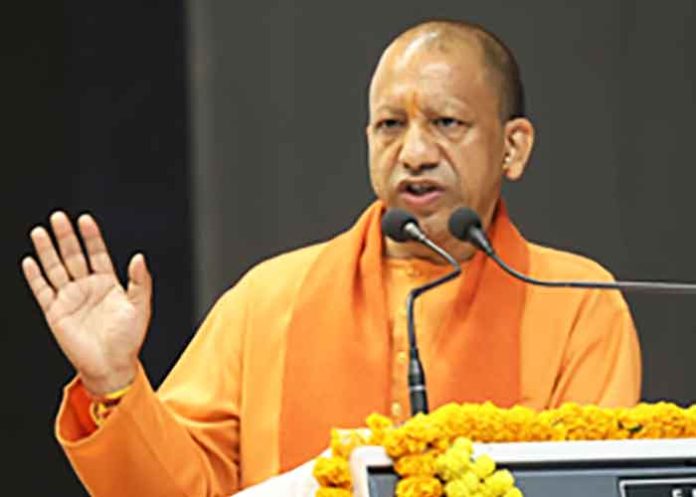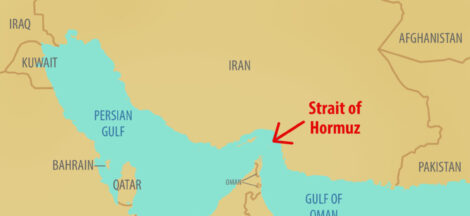By Krishna Jha
The Sangh Parivar’s attempt to take political advantage out of what has traditionally been a religious congregation has turned the Kumbh into of the bloodiest events since the Kumbh in 1954. The effort was visible long before the Kumbh began in Prayagraj. It was reflected in a massive campaign launched by the BJP and its governments, inviting devotees from across India and even from foreign countries. They promoted this year’s Kumbh as the rare occasion for religious tourism. The mainstream media dutifully followed the suit, reported every claim of the government and published promotional photographs without questioning the political shift that was sought to be given to the religious congregation.
As a result, the people came in large numbers, but the VIPs remained the main concern for the Kumbh administration. Consequences were devastating. On January 29, a large number of devotees were killed in a pre-dawn stampede in the Kumbh, an indication of gross mismanagement of an event described by the government as the world’s biggest religious gathering. The government revealed that as many as 30 people were killed and 60 others were injured in the stampede. But it is widely believed that the figure that the government has given out is nothing compared to the immensity of the mishap at the Kumbh this year. The opposition parties have also alleged that the actual number of casualties is much higher than what is being claimed and that the government is hiding the real death toll.
Eyewitnesses blamed a deadly combination of abysmal planning. They also implicated the “culture of VIP entitlement” for the tragedy in the Kumbh Mela area.
This was the first since a similar stampede that rocked the Kumbh Mela area of Prayagraj (then Allahabad) in 1954. After Independence, this is the second such tragedy in the Kumbh Mela area in Prayagraj (then Allahabad). It is matched with the only other stampede in the Kumbh Mela area that took place in 1954. The tragedy of 1954 also happened early on the day of Mauni Amavasya, which fell on February 3 that year. Several hundred pilgrims were killed in the stampede back then, while thousands others were injured.
On February 7, 1954, the state government set up an enquiry committee – The Kumbh Tragedy Enquiry Committee – under the chairmanship of the former Chief Justice of Allahabad High Court, Kamalakanta Verma. After months of exhaustive deliberations, the probe panel submitted a detailed report in December that year. The report did not only examine the reasons for the mishap but also suggested ways to reduce the risk of such disasters at Sangam in future. But these recommendations were not adhered to during the Kumbh of 2025 leading to a repetition of the tragedy in the Kumbh Mela area for the first time since 1954.
This year the tragedy is not only restricted to the Kumbh Mela area in Prayagraj. The unusual hype over this year’s Kumbh has also resulted in massive rush for Prayagraj, causing several mishaps involving devotees outside of Prayagraj. The most of tragic of them was the stampede at New Delhi Railway station late on February 15.
The incident occurred at the crowded New Delhi railway station, as a large crowd rushed to board trains to Prayagraj for the Maha Kumbh. The government claimed that 18 people died in the stampede, but unofficial sources suggest that in this stampede, too, the actual number of the casualty is much higher than the figure given out by the Railways.
Eyewitnesses to the stampede at New Delhi railway station described the horrifying scene, saying people were “pushing and scrambling” for space amid cries for help. An eyewitness told the news agency PTI: “Massive crowd at the platform led to chaos, ultimately resulting in the tragic stampede. There was no cooperation from the administration. There was not even a single policeman when the incident took place. People were pushing and scrambling for space amid cries for help.”
As reported in the press, the Unreserved Ticketing System (UTS), booking general class tickets, showed that 2,600 more tickets than usual were booked on Saturday between 6 pm and 8 pm.
The stampede broke out at the station between 9 pm and 9.20 pm. On an average, 7,000 tickets are booked at the New Delhi Railway Station between 6 pm and 8 pm every day. On the day of the mishap, however, more than 9,600 general class tickets were booked in the same duration. The incident could have been averted if the railway administration would have prepared itself taking a clue from more tickets being booked through UTS between these two crucial hours.
As in the Kumbh Mela area at Prayagraj so in the New Delhi Railway station, the administration failed to act despite there being enough signals for a massive surge in crowd. Only after the mishap did the two administrations – UP government and the Railways – woke up. At Delhi Railway station, for example, it was only on February 16, hours after the stampede, that eight companies of paramilitary forces, including the Rapid Action Force, were deployed along with additional security personnel from the RPF and Delhi Police to manage the crowd until the conclusion of the Kumbh Mela in Prayagraj.
Had these measures been taken in advance – the moment signals for a surge in the crowd were recorded – the mishap could have been averted. (IPA Service)




 There Is A World Wide Assault Under Capitalism On The Rights And Facilities Of Working People
There Is A World Wide Assault Under Capitalism On The Rights And Facilities Of Working People 